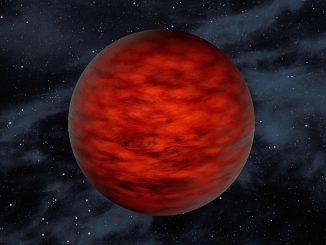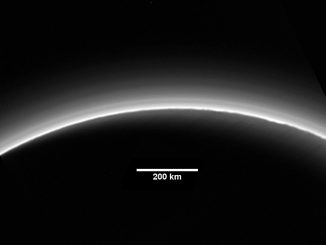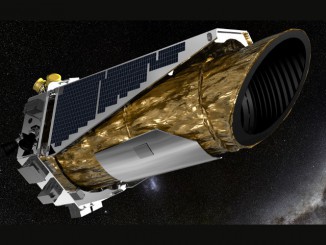
Hubble discovers moon orbiting the dwarf planet Makemake
NASA’s Hubble Space Telescope has spotted a small, dark moon orbiting Makemake, the second brightest icy dwarf planet — after Pluto — in the Kuiper Belt. The moon, provisionally designated S/2015 (136472) 1 and nicknamed MK 2, is estimated to be 100 miles in diameter. Makemake and its moon are more than 50 times farther away than Earth is from the Sun.









